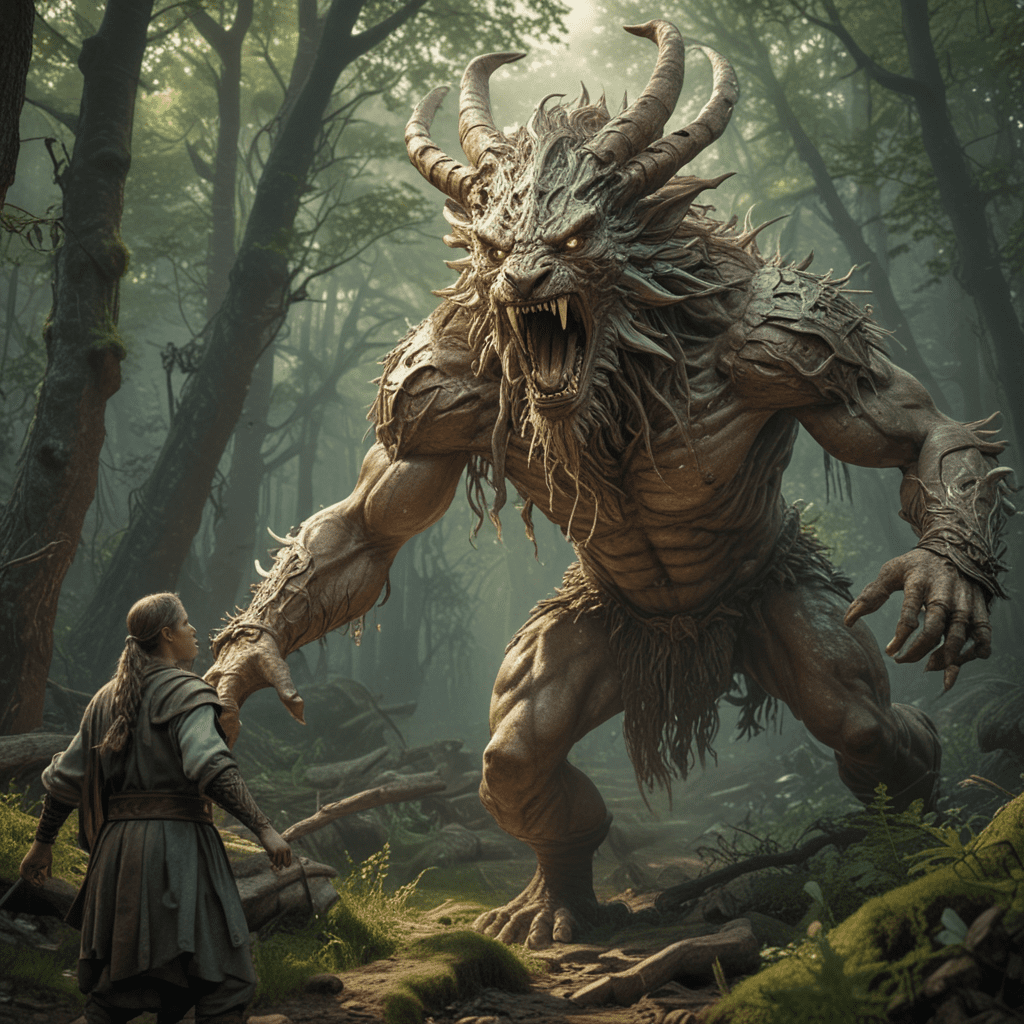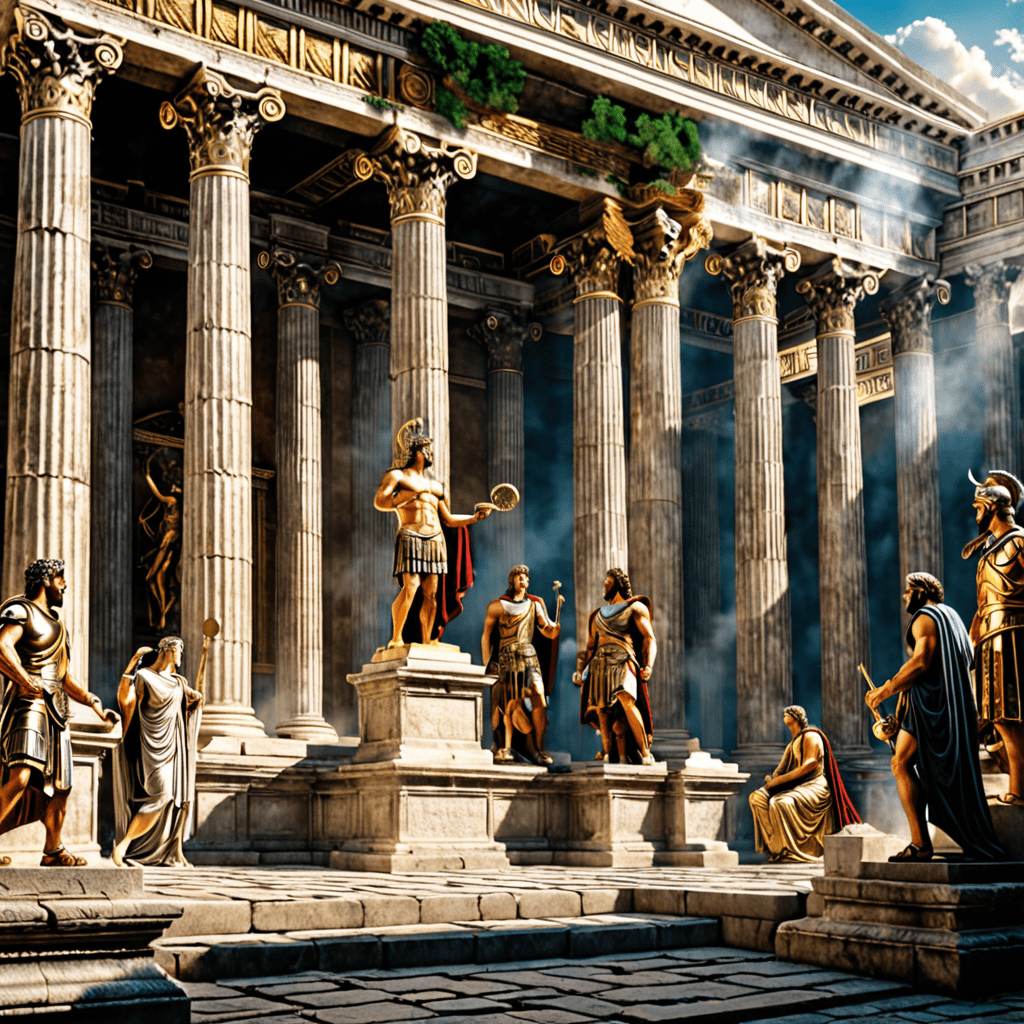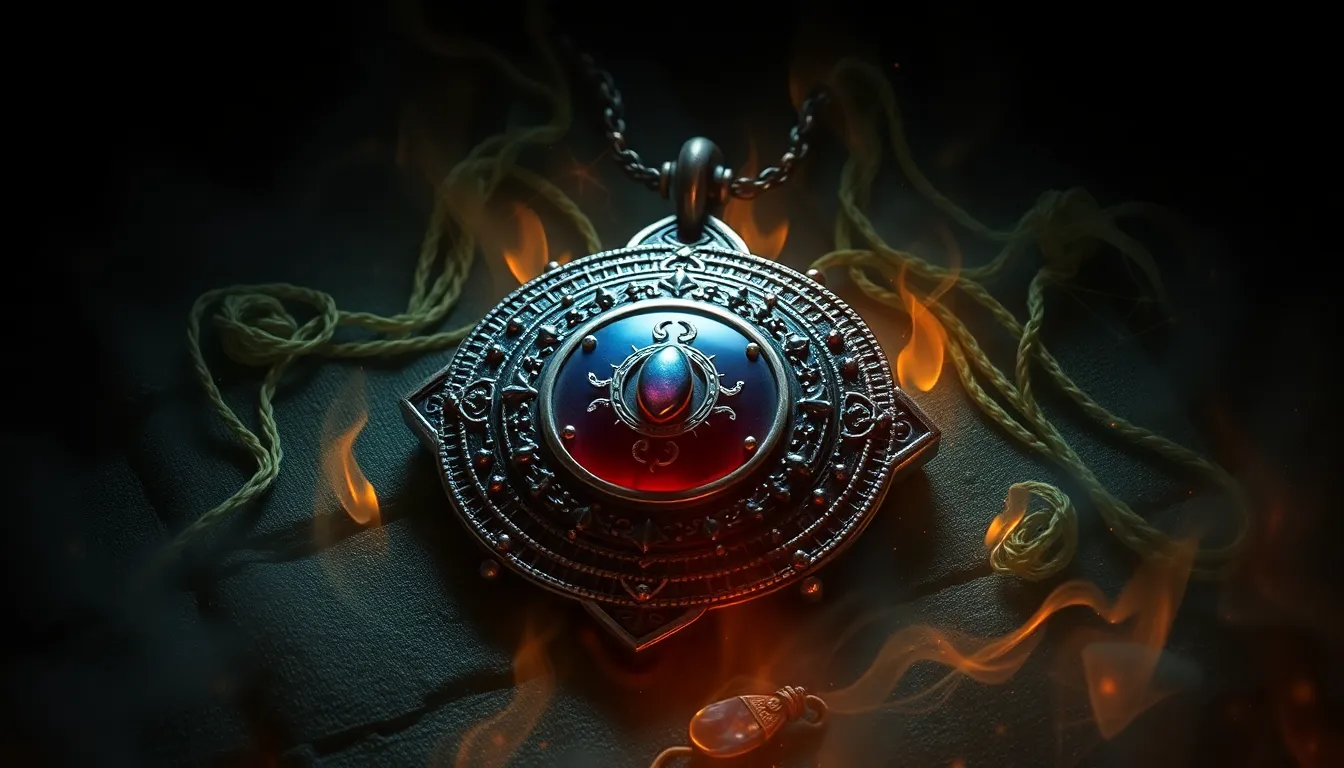10 Mysteries of Slavic Mythological Creatures
Slavic mythology, a rich tapestry of folklore and beliefs, is home to a fascinating array of mythological creatures. These enigmatic beings, each with their unique characteristics and powers, have captivated the Slavic imagination for centuries. From river spirits to household guardians, from fire-breathing dragons to trickster gods, Slavic mythology is a treasure trove of mystery and wonder. In this article, we unravel the mysteries of ten iconic Slavic mythological creatures, inviting you to delve into a world of ancient beliefs and captivating tales.
1. The Enigma of the Vodyanoy: Unveiling the River Spirit's Realm
In the depths of Slavic rivers and lakes, the Vodyanoy, a formidable river spirit, holds sway. A shape-shifting creature with a predilection for mischief, the Vodyanoy can appear as a handsome youth or a fearsome old man with a flowing beard. His dominion extends over all that dwells within the water, from fish to mermaids. While he may offer protection to those who respect his realm, he is known to punish those who defile his waters, dragging them to a watery grave.
2. Unveiling the Bannik: The Enigmatic Spirit of the Bathhouse
The Bannik, a mischievous spirit that resides in bathhouses, is a creature of both fear and fascination in Slavic folklore. With his long, unkempt hair and a body covered in soot, the Bannik is known for his playful yet sometimes malicious nature. He delights in startling bathers, throwing hot water or steam at them, and even causing them to faint. However, the Bannik can also be helpful, providing protection to those who show him respect and offering advice on matters of health and love.
3. The Rusalka's Allure: Exploring the Supernatural Sirens of Slavic Lore
In the serene waters of Slavic lakes and rivers, the Rusalka, a beautiful yet dangerous creature, weaves her enchanting spell. With her long, flowing hair and a voice that can mesmerize, the Rusalka lures unsuspecting mortals to their doom. She is said to be the spirit of a young woman who died a tragic death, and her ethereal beauty conceals a vengeful heart. Those who succumb to her allure find themselves drawn into her watery embrace, never to return.
4. The Baba Yaga Paradox: Unraveling the Witch's Ambiguous Nature
Baba Yaga, the enigmatic witch of Slavic folklore, is a figure of both terror and fascination. Dwelling in a house that stands on chicken legs, Baba Yaga is a guardian of the forest and a symbol of both life and death. She can be both helpful and harmful, testing those who cross her path with riddles and challenges. Her ambiguous nature has made her a captivating character in Slavic mythology, inspiring countless tales and legends.
5. The Domovoi's Secrets: Decoding the Household Spirit's Enigma
In the heart of Slavic homes, the Domovoi, a benevolent household spirit, watches over the family and protects the hearth. A small, furry creature with a long beard, the Domovoi is said to bring good fortune and prosperity to those who treat him with respect. However, he can also be mischievous, playing pranks on lazy or disrespectful household members. The Domovoi is a guardian of tradition and a symbol of the family's bond with their home.
6. The Zmey's Dragonic Legacy: Tracing the Roots of Slavic Fire-Breathers
Slavic mythology is home to a fearsome creature known as the Zmey, a dragon-like entity that symbolizes chaos and destruction. With its scaly body, sharp claws, and the ability to breathe fire, the Zmey is a formidable opponent in Slavic folklore. Tales of the Zmey often involve battles with heroes, where its defeat represents the triumph of good over evil. The Zmey's origins can be traced back to ancient Slavic beliefs, where it was seen as an embodiment of the forces of nature and a representation of the underworld.
7. The Bereginya's Protective Shield: Discovering the Symbolism of the Tree Spirit
In the heart of Slavic forests, the Bereginya, a female tree spirit, stands as a symbol of protection and fertility. Associated with the birch tree, the Bereginya is believed to guard the forest and its inhabitants, offering shelter and healing to those in need. She is often depicted as a beautiful woman with long, flowing hair, adorned with leaves and flowers. The Bereginya represents the deep connection between the Slavic people and nature, embodying the protective and nurturing aspects of the forest.
8. The Veles' Cosmic Connections: Decoding the Trickster God's Mysteries
Veles, the enigmatic trickster god of Slavic mythology, holds a prominent place in the pantheon of Slavic deities. Known for his cunning and wisdom, Veles is often depicted as a bearded old man or a shape-shifting animal. He is associated with the underworld, magic, and cattle, and his ambiguous nature makes him a complex and fascinating character. Tales of Veles often involve his interactions with other gods and mortals, where his trickery and wit serve as lessons about the nature of good and evil.
9. The Perun's Thunderous Wrath: Unraveling the Thunder God's Mythology
Perun, the Slavic god of thunder and lightning, is one of the most powerful and revered deities in Slavic mythology. Armed with a mighty axe or a thunderbolt, Perun is the protector of the skies and the bringer of justice. His wrath is feared by all, and his presence is often associated with storms and thunderclaps. Legends of Perun tell of his battles against evil forces, where his thunder and lightning serve as weapons of divine retribution. Perun represents the power of nature and the unwavering force of cosmic order.
10. The Khors’ Celestial Journey: Exploring the Slavic Sun God’s Cosmic Path
Khors, the Slavic god of the sun, is a symbol of light, warmth, and fertility. Depicted as a handsome young man riding a white horse, Khors travels across the sky, bringing life and sustenance to the world. He is associated with the summer solstice and the longest day of the year. Tales of Khors often involve his interactions with other celestial bodies, such as the moon and the stars, as he embarks on his daily journey across the heavens. Khors represents the cyclical nature of time and the eternal renewal of life.
Frequently Asked Questions
1. Who is the most famous Slavic mythological creature?
Baba Yaga, the enigmatic witch, is perhaps the most well-known Slavic mythological creature due to her captivating presence in folklore, literature, and popular culture.
2. What is the origin of Slavic mythology?
Slavic mythology originated from the beliefs and oral traditions of Slavic cultures, dating back to ancient times, and is a blend of pagan and Christian influences.
3. Are there any modern interpretations of Slavic mythology?
Contemporary authors and artists often draw inspiration from Slavic mythology, reinterpreting traditional tales and creating new works that explore the timeless themes and characters of this rich mythology.




